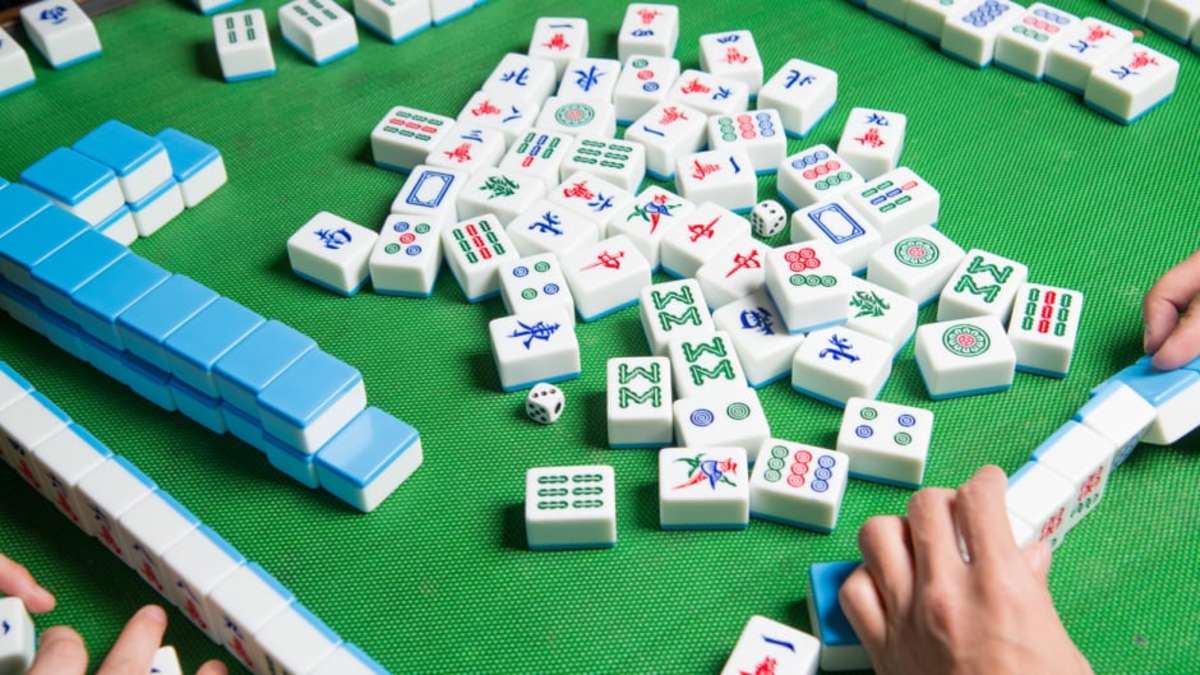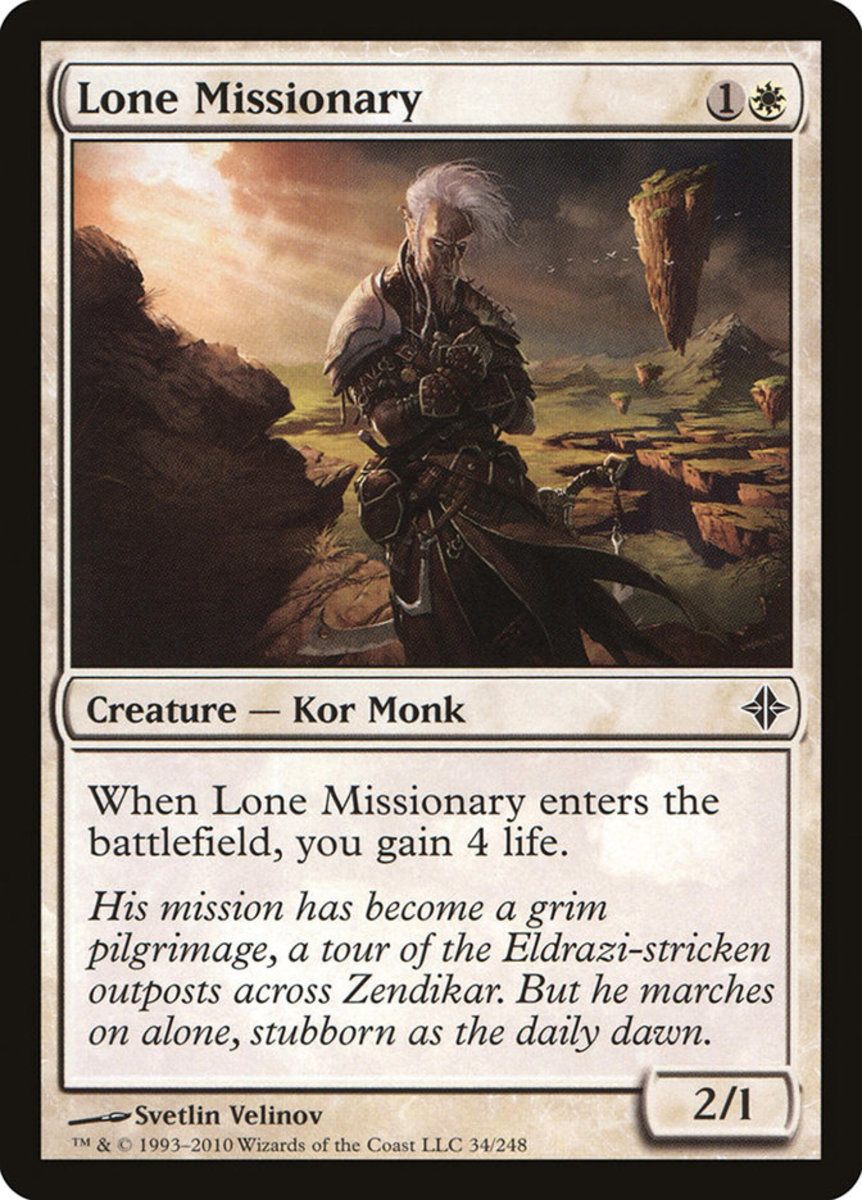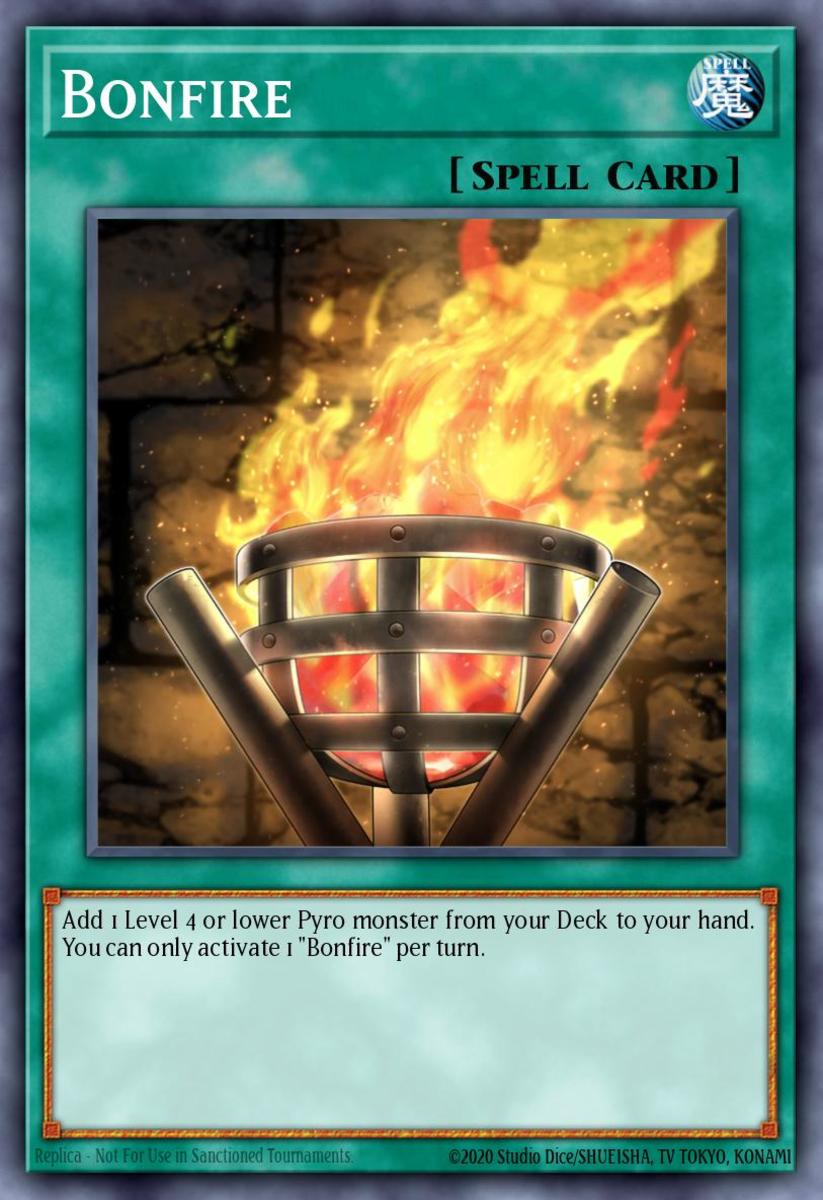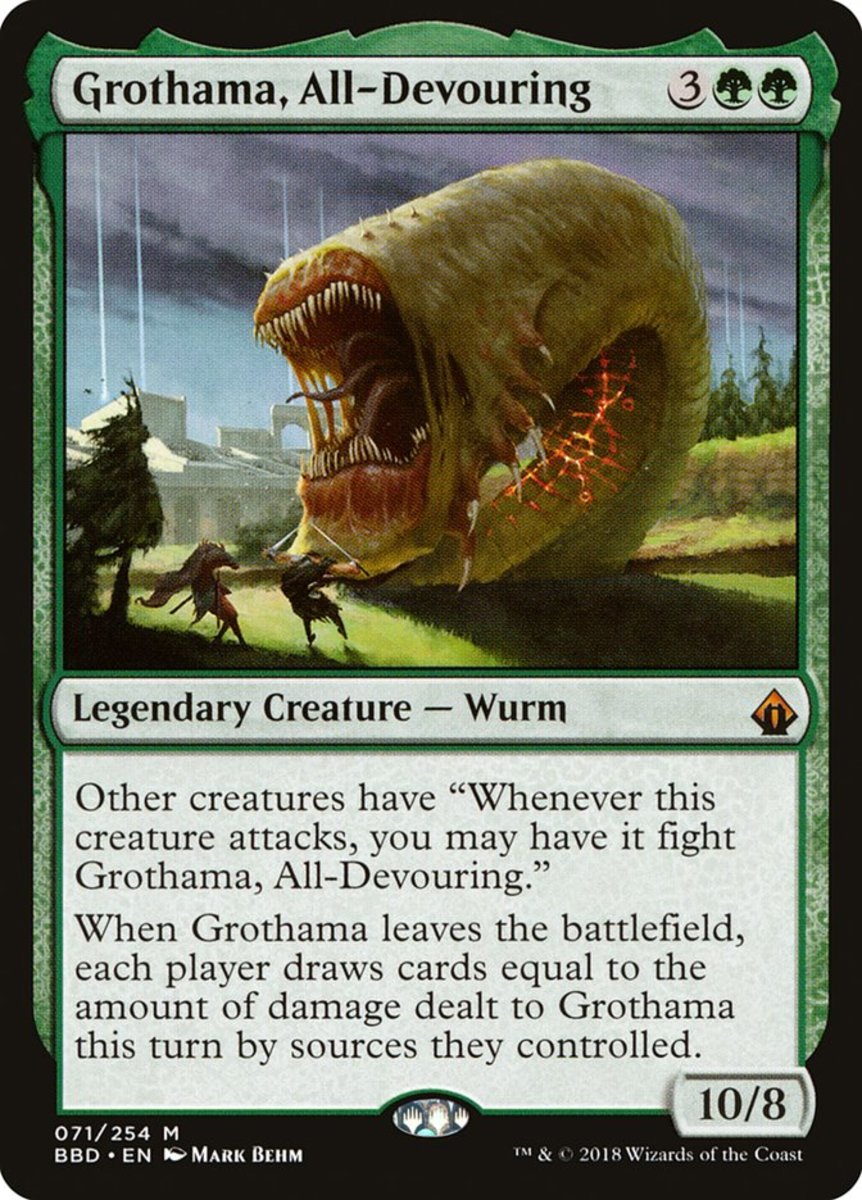The Tile Game Mahjong
The Chinese game Mahjong.
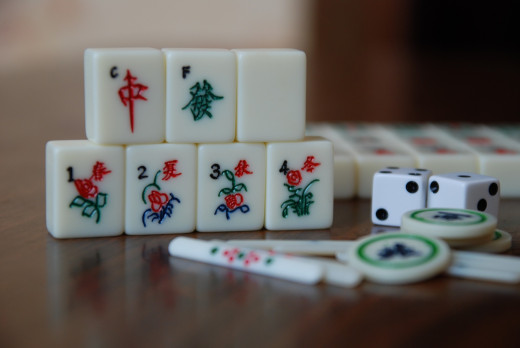
A brief history of the tile game mahjong
We are going to learn about the tile game Mahjong but before we do let's start with some history.
According to Wikipedia: The game Mahjong is based on draw and discard card game that was popular in 18th and 19th century China during the Qing dynasty, some of which are still popular to this day.
There are a variety of different spellings such as Mahjong, Mahjongg, Mah Jong, and others however, it doesn’t matter how you spell it because all the variations mean the same thing fun!
The game was popular in China in the mid to late 1800s and reached the United States in the 1920s.
However, it was mentioned in a paper written by an American anthropologist Stewart Cullen in 1895.
In 1949 the People’s Republic of China completely banned the game because it was considered gambling.
At the time Mahjong was not the only game banned, other games like it were considered by those in power to be a representation of capitalist corruption, and the powers that be would not tolerate any forms of gambling.
It took another cultural revolution to bring back the game which flourished without the gambling element.
Finally, in 1985, it became legal to play the game again, and people in China and other Chinese communities began to play it with even more enthusiasm.
Banned or not more than likely the game was played in secret, a game that popular would not be completely shut down.
In public may be one thing but behind a closed-door may be another thing.
Mahjong Fun Fact #1
The longest Mahjong match lasted 33 hours.
What is the meaning of the variety of different Mahjong tiles?
The tile game consists of 3 sets of suited tiles, 2 sets of honor tiles, and any number of variations of different tiles, usually, the tile is nature-based.
A game should consist of at least 136 tiles and will always be in multiplications of 4.
The Simple Tile:
There are 3 sets of basic tiles or also referred to as suits that are numbered from 1 to 9.
The numbers on the tile are often simplistic Chinese characters when the first and the last tiles sometimes appear unique due to their original game purpose, similar to what the Ace represents in a deck of playing cards.
These basic 3 sets represent Bamboo, Characters (myriad), and circles or bam – round bread. These sets will appear 4 times.
Bamboo represents the Axis of Earth, the circles are representing the Wheel of Heaven and the characters represent changes in the life of man.
The tiles used to represent Chinese currency like the “bams” are equal to their numerical value in copper coins, each “bamboo” is worth 100 copper coins (bamboo were used to carry coins) and each “myriad” is worth 10,000 copper coins.
The honor tiles:
Opposed to the basic sets, the symbols on the honor tiles are different and don’t have ranking or numerals on them.
The honor tiles are the four winds and the “dragons”.
The wind tiles represent the four cardinal directions: north, south, east, and west.
The Three Dragon tiles do not represent real dragons, in Chinese culture Dragons can also mean the “basics of life”.
This being said the red, green, and white tiles; represent in order the 3 of the virtues in Confucianism – Piety, Benevolence, and Sincerity.
The Flower tiles:
One would think that the Flower tiles would be all about flowers however, they are not strictly symbols of flowers.
Flower tiles are usually numbered in Latin numerals from 1 to 4. The first common set is traditional Chinese flowers: Plum, Orchid, Chrysanthemum, and Bamboo.
The Second common set, are the four seasons: Spring, Summer, Winter, and Autumn.
Flower sets may represent flowers from the region where the game is played.
This is just an example of different tile there are Mahjong games that offer bonus tile and other specialty tile depending on the country of origin.
We will look closer at the other types of Mahjong and some of their characteristics below.
Most Mahjong game sets consist of 166 tiles.
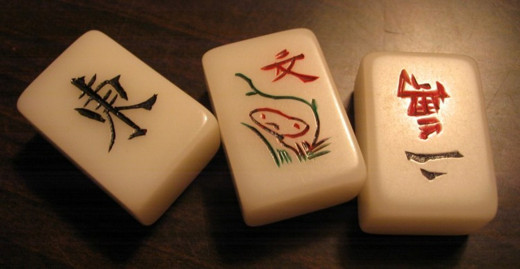
The different Mahjong versions
There are numerous versions of the game Mahjong and depending on what area the game is from will dictate the rules and the game pieces.
Not all Mahjong is played the same.
Chinese classical Mahjong tile game:
This version is the oldest surviving variety of Mahjong and was the version introduced to America in the 1920s under various names.
Western classical Mahjong:
A descendant of the version of Mahjong introduced by Babcock to America in the 1920s.
Currently, this term largely refers to the " Wright-Patterson" rules, used in the U.S. military, and other similar American-made variants that are closer to the Babcock rules.
American Mahjong:
This form of Mahjong standardized by the National Mah Jongg League and the American Mah-Jongg Association.
It uses joker tiles, the Charleston, plus melds of five or more tiles, treats bonus tiles as honors, and eschews the Chow and the notion of a standard hand.
These are just a sample of the many versions worldwide because each area of the globe has its own favorites which also includes a different set of rules.
Mahjong Fun Fact #2
The first Mahjong set was sold in the US by Abercrombie & Fitch in 1920.
Highly rated Mahjong game set

The popularity of Mahjong is still growing!
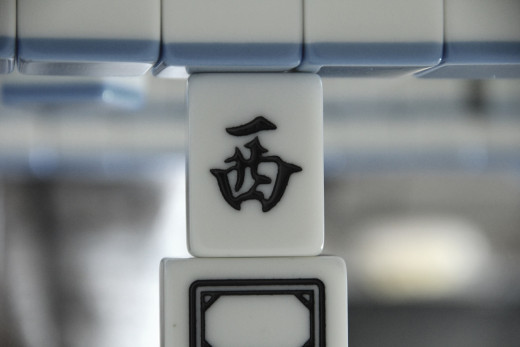
Mahjong Fun Fact #3
The three dragon tiles which coincide with Confucius’ idea about three vital virtues: filial piety, humaneness, and sincerity.
© 2020 Steven

